Downloads
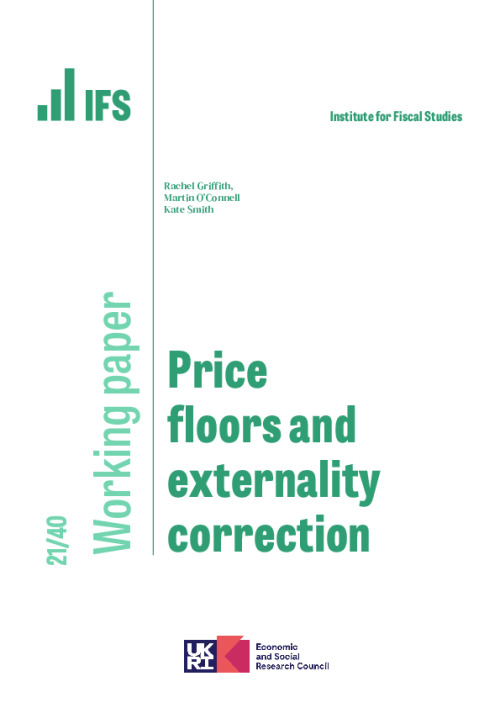
WP202140-Price-floors-and-externality-correction.pdf
PDF | 1.77 MB
We evaluate the impact of a price floor for alcohol introduced in Scotland in 2018, using a difference-in-differences strategy with England as a control group. We show that the policy led to the largest reductions in alcohol units purchased among the heaviest drinkers – the group who, at the margin, are likely to create the largest externalities from drinking. The price floor is well targeted at heavy drinkers because they buy a much greater fraction of their units from cheap products and switched away from these products strongly, with only limited substitution towards more expensive products. We show that if the marginal external cost of drinking is at least moderately higher for heavy than lighter drinkers, then a price floor outperforms an ethanol tax. However, more flexible tax systems can achieve similar reductions in externalities to the price floor, but avoid the large transfers from public funds to the alcohol industry that arise under the floor.
Authors

CPP Co-Director, IFS Research Director
Rachel is Research Director and Professor at the University of Manchester. She was made a Dame for services to economic policy and education in 2021.

Research Fellow University of Wisconsin
Martin, previously Deputy Research Director, is a Research Fellow at IFS and Professor of Economics at the University of Wisconsin.

Research Fellow London School of Economics
Kate is an IFS Research Fellow and an Assistant Professor at LSE, interested in public finance, industrial organisation and applied microeconomics.
Working Paper details
- DOI
- 10.1920/wp.ifs.2021.4021
- Publisher
- Institute for Fiscal Studies
Suggested citation
R, Griffith and M, O'Connell and K, Smith. (2021). Price floors and externality correction. London: Institute for Fiscal Studies. Available at: https://ifs.org.uk/publications/price-floors-and-externality-correction-0 (accessed: 30 June 2024).
More from IFS
Understand this issue
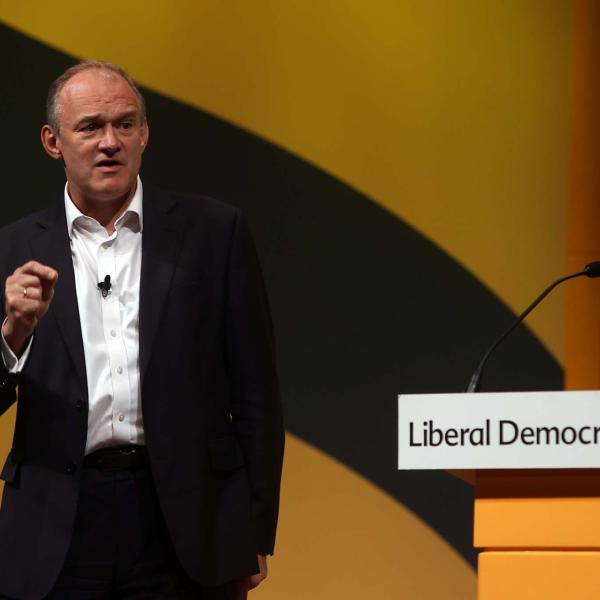
Liberal Democrat manifesto: a reaction
10 June 2024
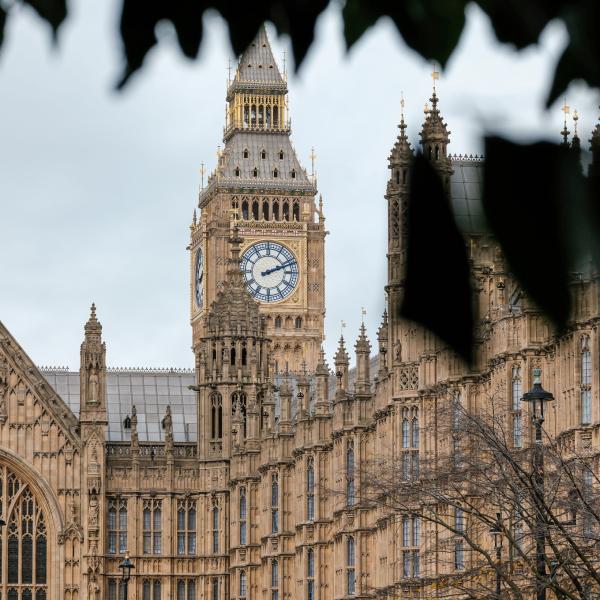
Spring Budget 2024: the Chancellor’s options

It's time to stamp on a tax that penalises landlords and renters
22 January 2024
Policy analysis

Tax and public finances: the fundamentals
23 August 2023

How do the last five years measure up on levelling up?
19 June 2024

The government’s record on tax 2010–24
10 June 2024
Academic research
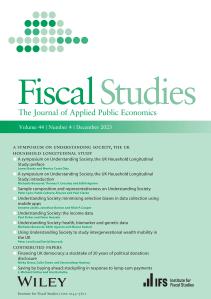
Saving by buying ahead: stockpiling in response to lump-sum payments
2 February 2024
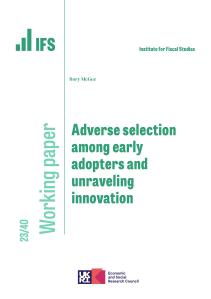
Adverse selection among early adopters and unraveling innovation
18 December 2023
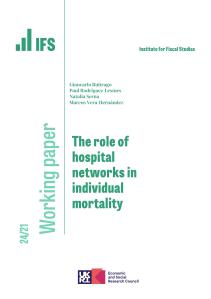
The role of hospital networks in individual mortality
13 May 2024